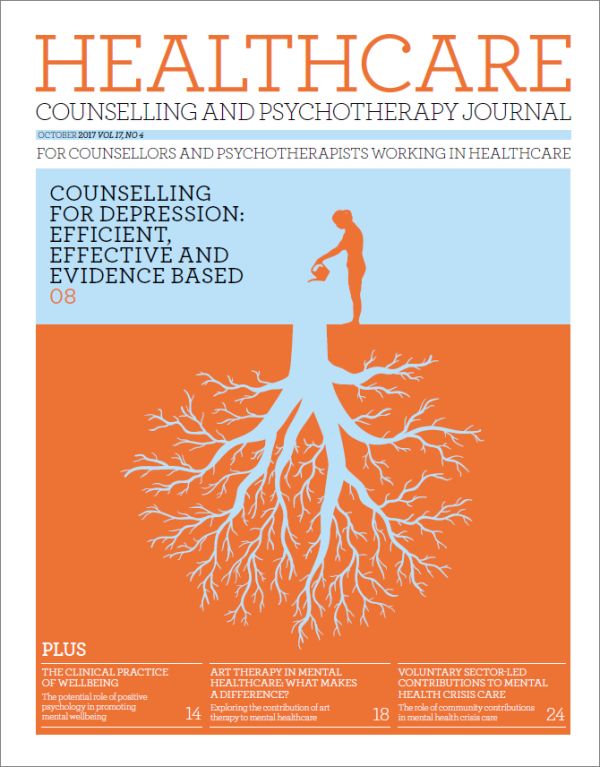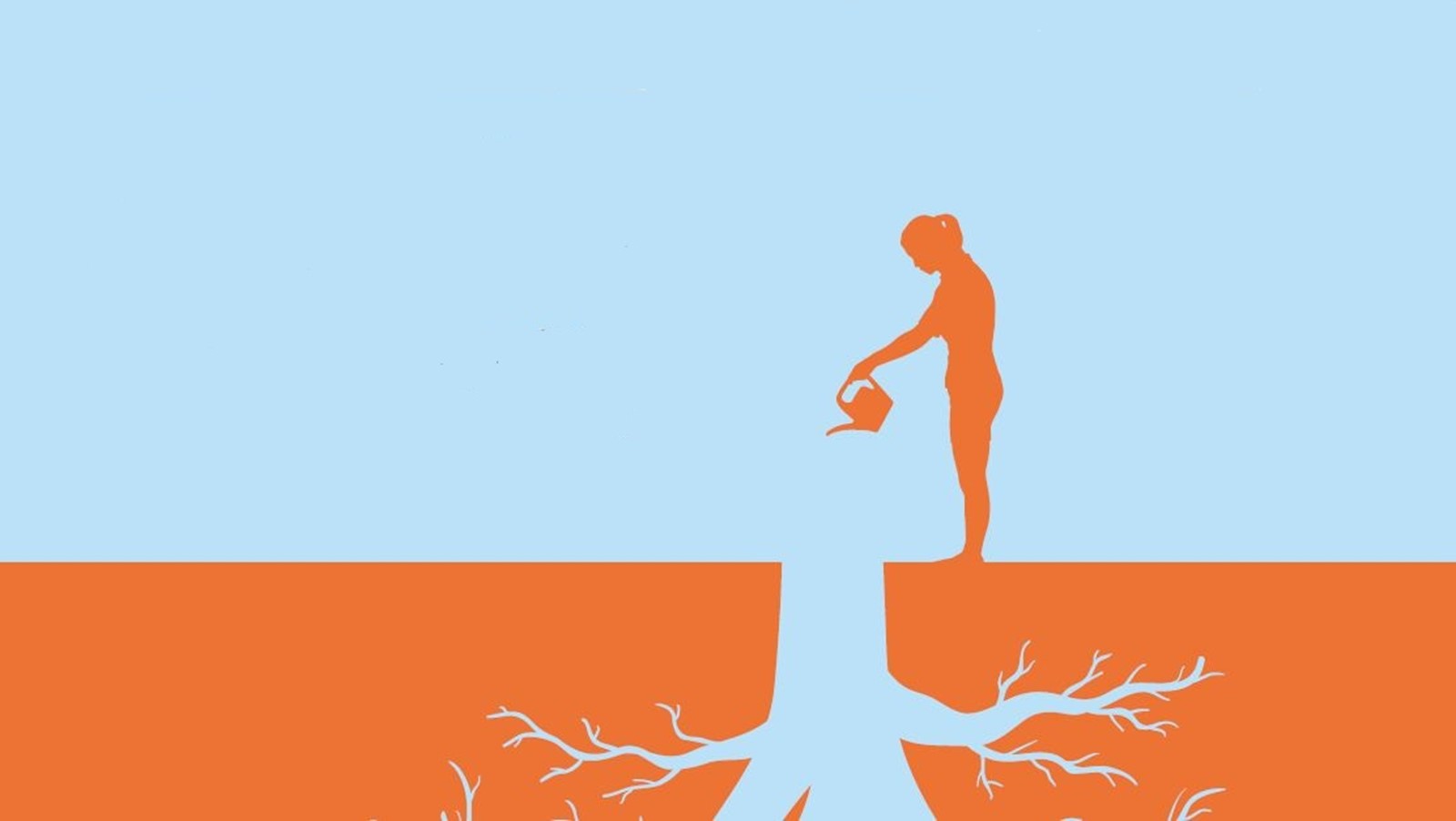In this issue
Features
Counselling for depression: efficient, effective and evidence based (free article)
Rinda Haake reports on the use of counselling for depression in the NHS
The clinical practice of wellbeing
Jolanta Burke considers the role of positive psychology in the therapy room
Art therapy in mental healthcare: what makes a difference?
Dominik Havsteen-Franklin explores the contribution of art therapy to mental healthcare
From alternative to mainstream: voluntary sector-led solutions to mental health crisis care
Michael Lilley and Tanya Samuels report on the provision of community solutions to mental health crisis care
Regulars
Chair’s report – BACP Healthcare
Satinder Panesar
Healthcare update
Judy Stafford
Counselling in primary care
Elaine Davies

A pdf of this journal is available in the Healthcare Counselling and Psychotherapy Journal archive
From the editor
One of the strengths of BACP, in my view, is the multiplicity of ways in which it is able to support its members. These include producing guidance on ethical practice, keeping us updated on relevant developments and lobbying on our behalf at national level.
Recently, BACP has been closely following and contributing to the National Institute for Health and Care Excellence (NICE) consultation on Depression in adults: recognition and management.1 The draft guidance for consultation was published in July and, while there was initial concern that counselling might not be included, this has happily proved unfounded. This underlines the fundamental role that counselling has to play in treating depression. In a timely article in this issue, Rinde Haake explains the counselling for depression model, exploring how its person-centred roots have been adapted to fit within a short-term, evidence-based framework for treating depression within IAPT services.
Counselling for depression focuses on helping clients to access and deepen their emotions, for example by helping them to feel them in their body, and by using images and metaphors to access the emotion. The utilisation of imagery as a bridge to emotion is also at the heart of art psychotherapy. Dominik Havsteen-Franklin explores the contribution that art therapy makes to mental healthcare within the NHS, highlighting how art can often provide a way into the client’s inner world, giving access to themes which are outside of the client’s conscious awareness. The art therapist cleverly facilitates a process in which the client can reflect on these themes in a way that gives them meaning and relevance.
Art psychotherapy is just one example of the myriad ways of working with mental health issues within NHS-funded services that lie outside of the IAPT model and have the potential to make such a huge contribution to client wellbeing. A focus on client wellbeing, rather than ‘illbeing’ is at the heart of Jolanta Burke’s article on positive psychology. In the past, mental health treatment has focused almost exclusively on curing the malaise, rather than working towards optimal wellbeing. This brings me back to the person-centred approach, which is based upon the belief that human beings are striving to be the best that they can be. Jolanta describes how each of us has the resources at our disposal to optimise our wellbeing, and often simply need someone to help us focus on what these are and how to utilise them. It seems to me that, whatever tribe of therapy we belong to, there needs to be a place for focusing on and building upon the client’s innate resources. Jolanta helps us to understand some of the tools available for this, such as counting blessings, acts of kindness and savouring. These are probably just as relevant to us as counsellors and psychotherapists, as they are to our clients. As Jolanta aptly points out, increasing therapists’ wellbeing may well be an important factor in increasing clients’ wellbeing.
While we were sorry to say goodbye to Michael Lilley as a regular contributor to this journal in the last issue, we are pleased that he has joined forces with his former colleague, Tanya Samuels, to write an article on the role of the third sector in mental health crisis care. This is the final article in a series of three that looks at how the voluntary sector is able to provide viable alternatives to beds in traditional psychiatric wards. As the cost of psychiatric beds has increased, data are beginning to show that community- based alternatives are providing solid outcomes. Michael and Tanya report on an evidence-based study of seven crisis houses, and show how these houses have successfully supported clients in need of mental health crisis care.
We are still looking for someone to take over the third sector column from Michael, so if you work for a third sector organisation and would like to become a regular contributor to this journal, then please do get in touch.
Joanna Benfield
Editor
hcpj.editorial@bacp.co.uk
Reference
1 National Institute for Healthand Care Excellence. Depression in adults: recognition and management. [Online.] NICE; 2017. https://www.nice.org.uk/guidance/ indevelopment/gid-cgwave0725 (accessed 17 August 2017).
